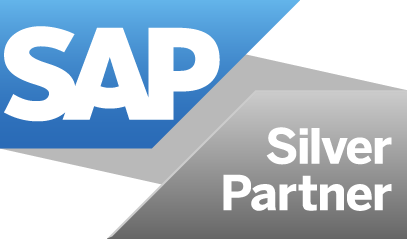
Blog
Orane’s blog posts keeping you up to speed with what’s hot in the world of business.
Drive Employee Retention by Leveraging Structured Onboarding Program

Inflowing the Company’s World with good impression
The onboarding process is one of the first impressions an employee will have of the company as a new hire. Sure, he or she has gone through the interview process, spoken to HR professionals and even managers, but the person’s interaction with the company up to this point has been mainly external. As a new hire, she or he will gain access to the company’s “world” – being able to sign into the company intranet for the first time and even meet new co-workers — among other things. The company will benefit from these positive experiences and could, conversely, suffer from negative ones. Digitize says employees having a negative onboarding experience are twice as likely to look for another job.
Think about it for a moment with a bad impression
When companies fail to make a positive first impression during onboarding, new employees are more likely to feel confused, demoralized, surprised, and disengaged in the long run.
A bad first impression can flavor not only the rest of the onboarding process, but also the hew hire’s later interactions with the company. Some examples might include:
1. A negative impact on the building of the psychological contract between the employee and the employer
2.A lack of engagement from the new employee
3.An impact on productivity
4.An impediment when it comes to connecting with other co-workers and the company culture
How Onboarding supports in Retention of Employees:
1.Onboarding isn’t just for signing HR paperwork and sharing manuals and documentation; it’s a time for helping employees understand your core values and learn how their work can be aligned with those values where they can see there personal growth align with corporate vision
2.When companies do it well, onboarding builds connections between new employees and helps them feel a sense of belonging in a new community. Recognizing new employees right awayhelps them feel included and engaged for ong term
3.Even before someone is hired, they can begin to experience the passion of the leadership, the camaraderie of the workplace, and the inspiration of the organization’s purpose.
1. Be extra clear with new hires about the role and expectations. Ensure they have enough access to their supervisor when they have questions. No matter how brilliant they are, everyone has a learning curve in the beginning.
Small Sift –
Best Practices in the HR Forum – To Map the employee experience from the employee’s perspective instead of HR’s perspective. This small shift can help focus efforts on a great experience instead of an efficient process.
Conclusion:
Your retention efforts will be more effective (and cost-effective) if sthey are tailored to the critical people at risk of leaving. Based on whom these critical people are and the reasons they are at risk of leaving, consider the following onboarding strategies to reduce employee turnover.
Subscribe to our communication
You agree to receive newsletters, marketing communication and latest developments from us.

6 Tips to Boost Your Business Performance
- August 19, 2022

How ERP Implementation is Essential for Businesses? – Top 5 Reasons
- August 19, 2022

Take your Data into next level
- August 19, 2022

Rise with SAP: Business Benefits
- August 19, 2022

SAP Masterdata Management
- August 19, 2022

